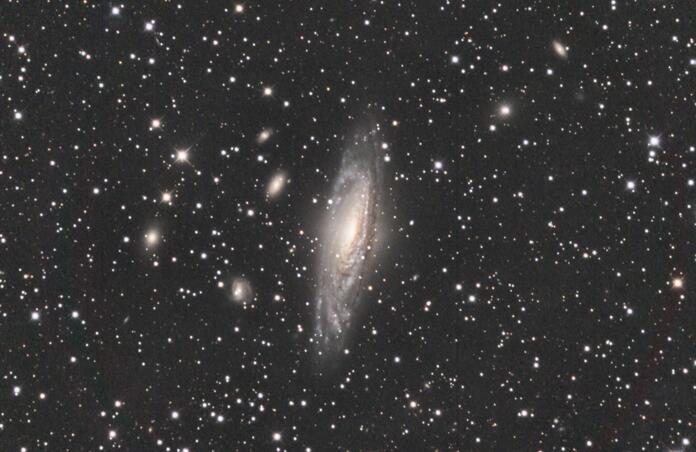The Importance of Maintaining an Observing Logbook

I was reorganizing my collection of astronomy specific stuff (again) and rediscovered my observing logbooks. It reminded me that I’ve concentrated a lot of my time over the past few years to imaging and I hadn’t done much observing. I was also reminded just how important maintaining an observing logbook is to improving your skills as an observer and that helps enhance your skills as an imager.
There are a few ways that maintaining a logbook will improve your observing skills. It forces you to organize your observing sessions to get the most out of a good clear sky night, especially if you have to travel a fair distance to get to good Bortle 3 or better dark skies. You don’t want to necessarily do a Messier marathon, but you do want to try to observe the most interesting objects that will be up and available for viewing.
You should also be pretty meticulous in planning your sessions; depending on your site, you may not be able to see objects until they clear obstacles like trees around the site or before the object is no longer viewable. What will the weather be like? Do you have the right filters and eyepieces for the equipment you’re using and the objects you’re targeting? What are the contingencies I need to plan for when something goes wrong. Notice I said when something goes wrong and not if…
One of the most important skills that you learn and constantly improve upon is that a logbook allows you to describe in some detail what you’re viewing and to attempt to accurately record it. I’ve never really been very good at this but there are really talented observers who can record an accurate sketch of an observation that will rival an astro image of the same object. You’re forced to search out and record all the details, fine or otherwise in the object you’re viewing or the surrounding area.
So, how does all of this translate to imaging objects in the night sky? When planning your imaging sessions, you’ll basically use the same process of planning and organizing an imaging session as you would if you were observing. You’ll want to understand beforehand the specific details of the objects you’re targeting so you’ll know the kinds of detailed characteristics of the object you’re targeting and if your equipment is up to the task. You’ll want to record information such as the equipment settings you’re using, the seeing and transparency conditions of the night and the focus settings for any filters you use or if you don’t. You’ll want to include details on any problems you encountered during the session and the solutions you discovered. Accurately recording this kind of information and reviewing it afterwards can be very effective in being able to evaluate your equipment and your skills to understand where you need to improve before your next imaging session. Having a detailed record of your adventures in imaging also provides an opportunity to have some fun when you use it to review your progression from a wide eyed beginner to a seasoned veteran.
Stay safe and get your neighbors to turn off their lights at night….
